Mon, 27 Apr 2015 . Last updated Thu, 25 Jun 2015 09:05

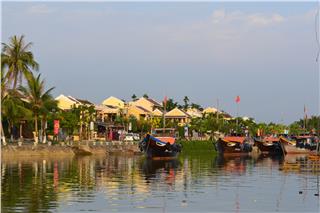
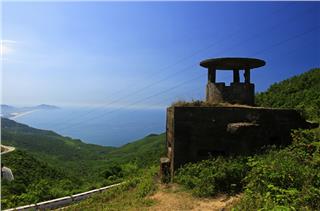
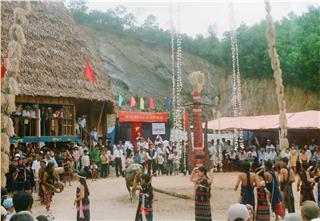
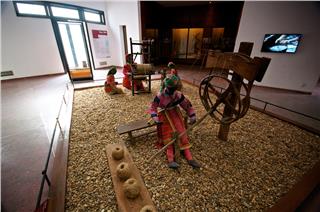
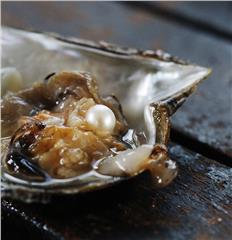


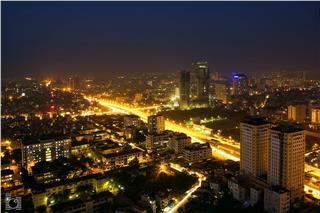
Imposing temples, royal tombs and imperial palaces in Hue are symbols of this former capital’s time-honored culture. This city is also known for another architectural structure named “ruong” house, the combination of luxurious and ordinary architectural features. This unique structure is part of the poetic picture of Hue.
“Ruong” house are those with a wooden frame consisting of beams and rafters with mortise and tenon joints. “Ruong” is the short form of “ruong cot” (beam and pillar). Houses of this kind can also be found in other provinces like Quang Binh, Quang Tri and Quang Ngai. However, the house is considered a typical structure of Hue and it has become an inseparable part of Hue culture. A “ruong” house in Hue is often built on a large area surrounded by green trees. A large garden with many kinds of flowers and fruit trees shows the elegant lifestyle of its owner. A “ruong” house is built on the basis of feng shui principles.
There’s always a screen placed in front of the house to prevent adverse energy and ghosts from entering the house. Later on, the screen acts as a decoration as well. Images of the four holy animals or dragons and phoenixes are popular patterns on the screen. Water is another indispensable element in a Hue “ruong” house. People can dig a small pond to plant lotus flowers or water lilies or place a tank of water in front of the house. It’s believed that the lake or the pond not only cools down the heat but also creates a pleasant space.
Water is one of the two main elements in feng shui (wind and water) and it is believed to bring wealth and prosperity to the house owner. Hue used to be the capital of a country with wood being the main construction material. That’s why imperial palaces like Long An palace (today’s Hue Museum of Royal Fine Arts) adopt the structure of a “ruong” house. Houses of mandarins and rich people in the past are still preserved well today by their descendants.
Like in other “ruong” houses, feng sui principle are applied in this house with a screen and water tank in front of it. The house is entirely made of wood and its beams and rafters are joined by tenons. The wooden structure is the most important part of a house. It’s a system of beams and rafters with mortise and tenon joints and relief decorations. Traditionally carved doors with wooden bars above enhance the ancient look of the house. The main compartment is the worshipping place of the house.
Royal certificates granted by the king of the Nguyen Dynasty are still kept as the pride of family descendants. The ancient wooden board with golden characters is another precious item in the house. “Ruong” houses in Hue are not only shelter for humans but also preserves of Hue culture and history. Houses of this kind can also be found in riverside areas. They have been witness to the ups and downs in this place for generations.
Phuoc Tich ancient village, Phong Hoa commune, Phong Dien district, Thua Thien Hue is worthy of mention. Coming here, we can see “ruong” houses separated by green tea fences. “Ruong” houses in Hue are quite low to reduce the possible impacts of storm. Their roofs have considerable steepness to ensure trouble-free performance for rain water drainage. Moreover, as stipulated by the royal regulations, houses of ordinary people and mandarins couldn’t be higher than Hien Lam Cac, the highest structure in Dai Noi Hue (the Inner City).
A “ruong” house can have one compartment and two learn-tos three compartments with two lean-tos. The central compartment is the place for worshipping ancestors and receiving guests. Families with many members have to build outhouses to have enough living space. Parallel sentences and furniture are arranged neatly, creating an exceptional look for the house. In particular, the best thing of a “ruong” house is elaborately carved beams and partitions.
To have a “ruong” house with intricate patterns like this, the house owner had to hire a group of experienced builders and sculptors during several years. They carved patterns of the four seasons, flowers and leaves to show the wish for prosperity of the house owner. We can easily recognize the soul and the lifestyle of the owner when looking at his house.
“Ruong” houses in Hue show the harmony of people and nature, as well as spiritual and material values. Horizontal boards and parallel sentences are precious items in the house as they carry the values of different generations in a family. These peaceful houses under tree canopies seem to carry the outlooks of Vietnamese people. They seem to encourage people of today’s time to live in harmony with each other and preserve the family tradition.
“Ruong” houses are invaluable in terms of architecture and culture as they keep the way of life and traditions of Hue people. Time passes by but the beauty of Hue remains unchanged. That’s why each visitor to this land believes that “ruong” houses carry the typical imprint of the former capital.
Source: VTC10 - NETVIET

 Đặt vé máy bay cho người Việt?
Bấm vào đây
Đặt vé máy bay cho người Việt?
Bấm vào đây
Our service uses cookies for technical, analytical and marketing purposes. See our Cookie và Privacy policies for more information. If you agree to this, just keep browsing.


